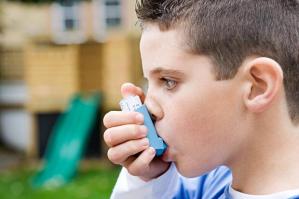Asthma seems to be a growing problem in Arizona. Our state sees more cases every year according to a study done by University of Arizona. Even though scientists have not yet found a cure for asthma, there are steps you can take to reduce or eliminate its risks.
Here are some points to keep in mind for guarding against this sometimes fatal disease that relates to how inflammation in the lungs causes breathing difficulties.
Is Phoenix to blame?
Specialists know that there is not one specific cause of asthma, but there is plenty of evidence that it can be managed if you pinpoint what triggers your attacks. Keep in mind the Phoenix desert is prone to many allergens. Here are some of the known causes:
- Heredity (yes, family genetics comes into play again!)
- Exposure to allergens at a young age
- Environmental conditions (pollen, pollution)
- Mold and mildew
- Chemical products such as cleansers and perfume
- Animal dander from pets
- Other: Non allergic asthma can be caused by reflux disease, inappropriate exercise, weather or various illnesses.
Protect Your Lungs:
The main focus for preventing asthma is to protect the bronchial in your lungs. Inflammation can lead to coughing, chest tightness, shortness of breath and weakened response to allergens. Obviously, all asthma patients should avoid smoking or breathing in any substances that make symptoms worse.
Learn Your Triggers:
There are many possible triggers to asthma attacks, but they can also be categorized into groups, as listed above. You can learn what elements or conditions affect your illness by eliminating items such as certain foods, chemicals or indoor plants one at a time. Lifestyle plays a huge role in managing your disease, so pay attention to nutrition, exercise and a sense of well being.




